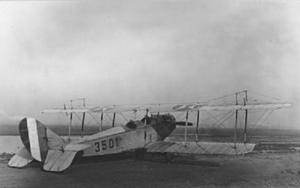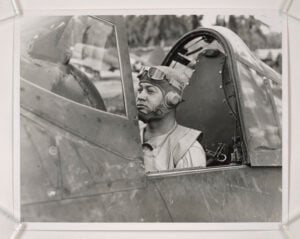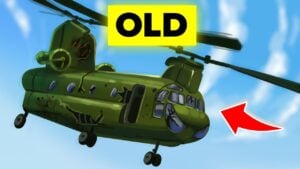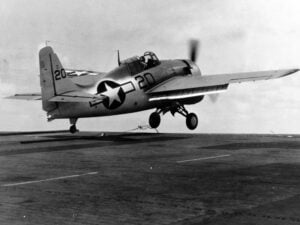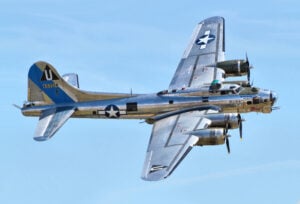6 of the Worst Planes That Shouldn’t Have Flown During WWII
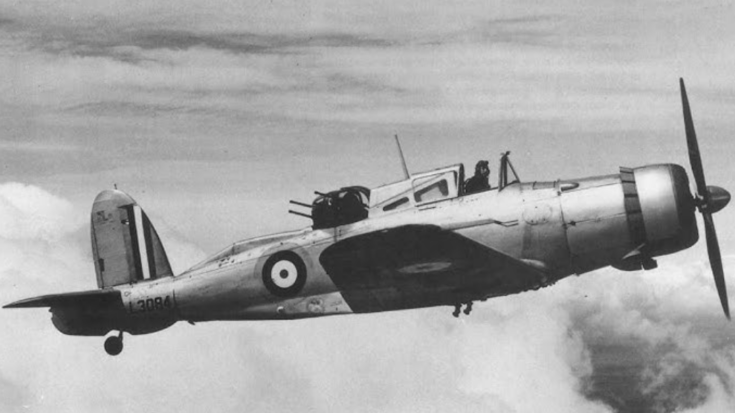
Ruairidh MacVeigh / YouTube
World War II saw the rapid development of military aircraft, with nations striving to gain aerial superiority. While some designs proved effective, others fell short due to various shortcomings. We look at six aircraft that, despite their innovative intentions, faced significant challenges during their operational service.
Messerschmitt Me 163 Komet
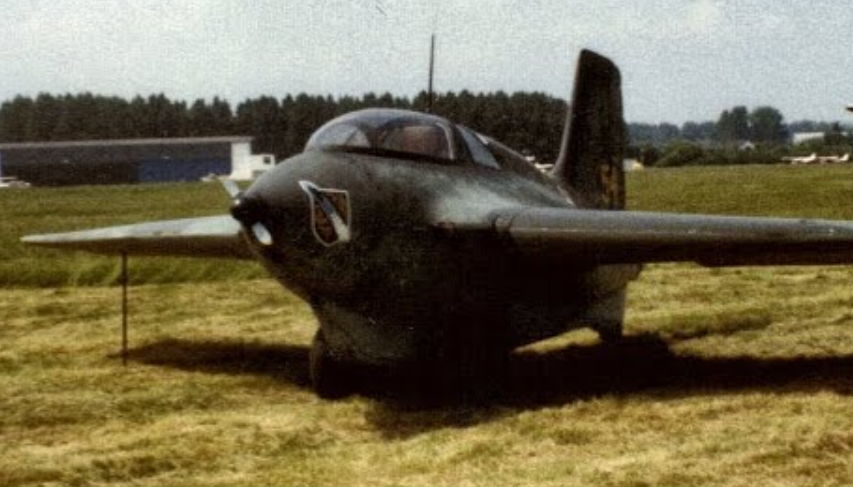
The Messerschmitt Me 163 Komet was a German rocket-powered interceptor designed for high-speed attacks. Capable of reaching speeds over 950 km/h, it was the first aircraft to exceed 1,000 km/h in level flight. However, its operational range was limited to approximately 40 km due to its short fuel duration of about 7.5 minutes. After fuel depletion, pilots had to glide back to base, making them vulnerable to enemy attacks. Additionally, the volatile fuel mixture posed significant risks, leading to several accidents.
Fairey Battle
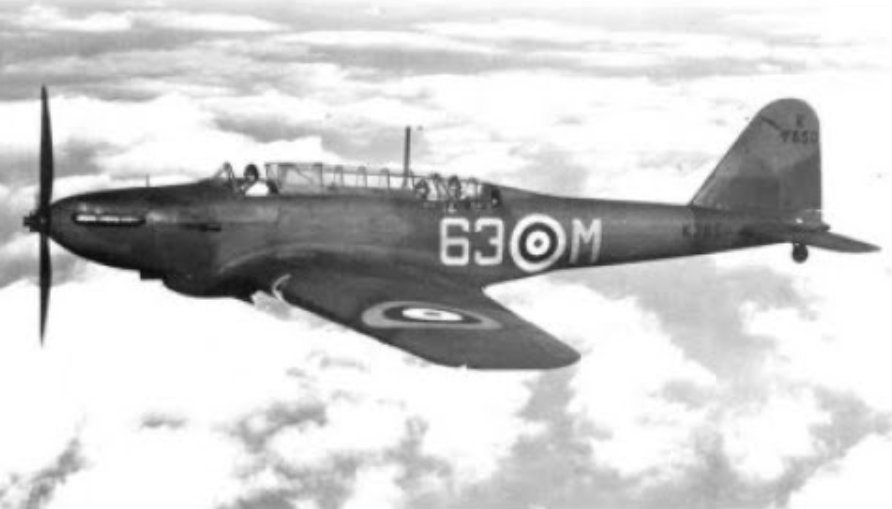
The British Fairey Battle was a single-engine light bomber introduced in the late 1930s. Initially considered advanced, it quickly became outdated by the onset of WWII. With a maximum speed of around 400 km/h and limited defensive armament, it suffered heavy losses during operations, particularly in the Battle of France. Its vulnerability to enemy fighters and anti-aircraft fire led to its withdrawal from frontline service.
Breda Ba.88 Lince

The Italian Breda Ba.88 Lince was intended as a fast, twin-engine bomber. While prototypes demonstrated impressive speed, the addition of military equipment significantly degraded its performance. The aircraft became difficult to control, and its operational range and payload capacity were compromised. These issues rendered it ineffective in combat, leading to its limited use and eventual retirement.
War History Online
Messerschmitt Me 323 Gigant
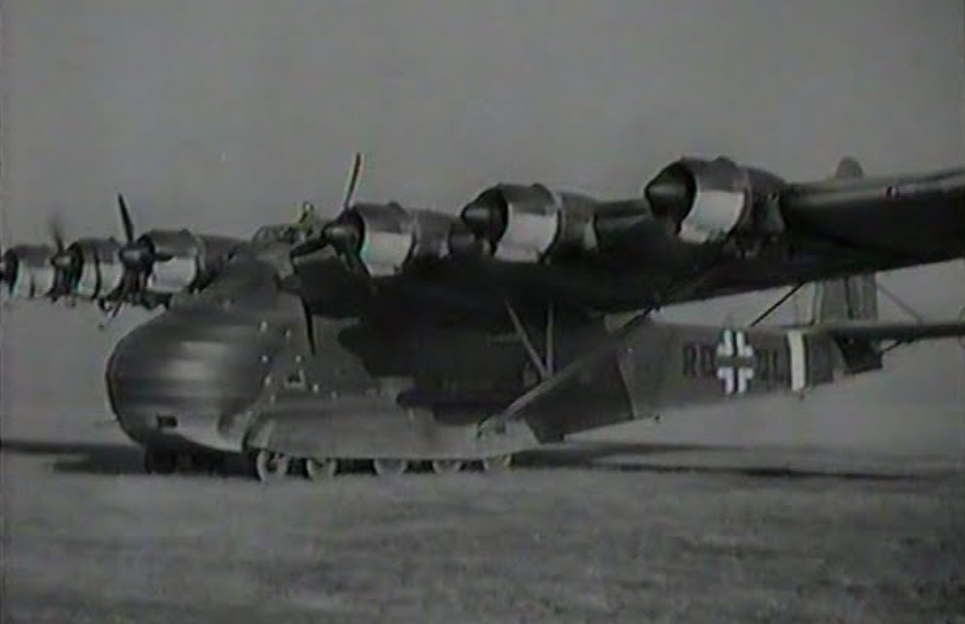
The Messerschmitt Me 323 Gigant was a large German transport aircraft designed to carry heavy cargo. With six engines and a maximum payload of around 10 tons, it was the largest land-based transport aircraft of the war. However, its slow speed, limited range, and lack of defensive capabilities made it an easy target for enemy fighters. Many were lost during missions, leading to questions about its effectiveness.
Blackburn Roc
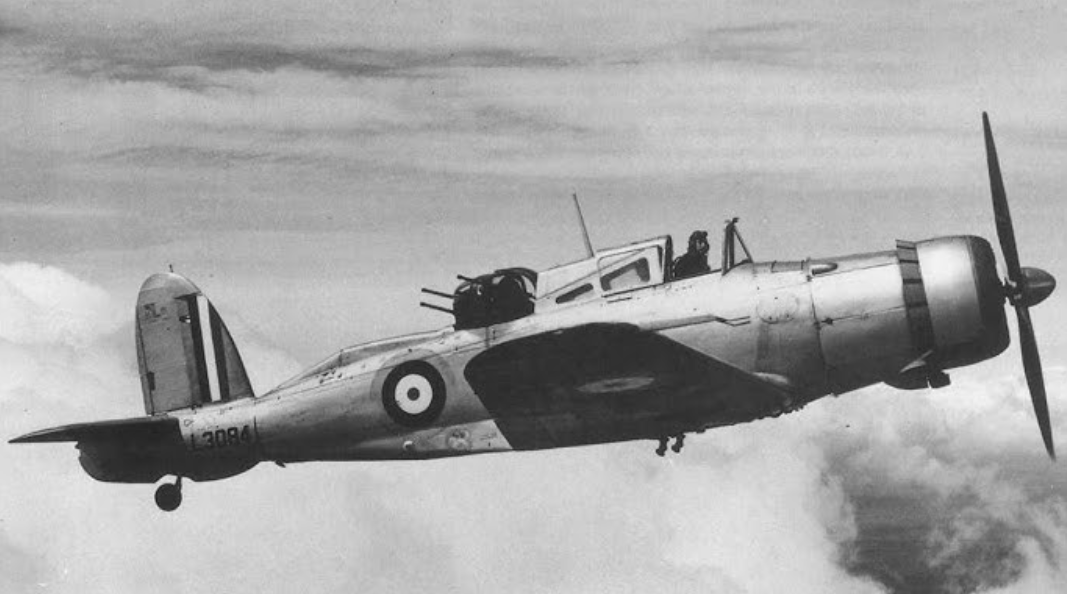
The British Blackburn Roc was a naval fighter equipped with a rotating turret housing four machine guns. Designed to provide defensive firepower, the turret added weight and drag, reducing the aircraft’s speed and maneuverability. With a top speed of approximately 360 km/h, it struggled to intercept enemy aircraft and was quickly deemed unsuitable for combat, leading to its reassignment to secondary roles.
Heinkel He 177 Greif
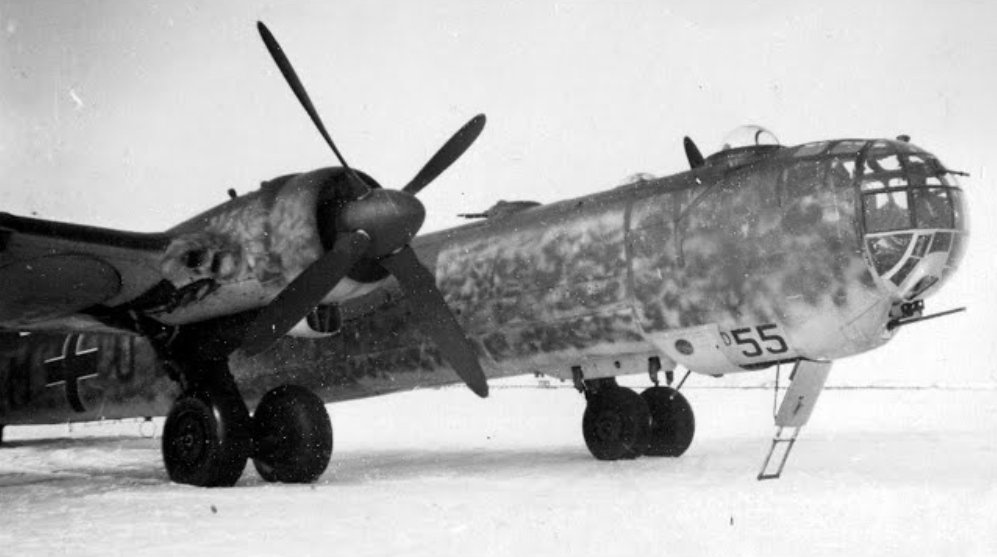
The Heinkel He 177 Greif was a German long-range bomber intended to deliver heavy payloads over significant distances. To meet performance requirements, it featured paired engines driving single propellers, a design that led to frequent engine fires and mechanical failures. These reliability issues, combined with its complex maintenance needs, limited its operational success and contributed to its problematic service history.













